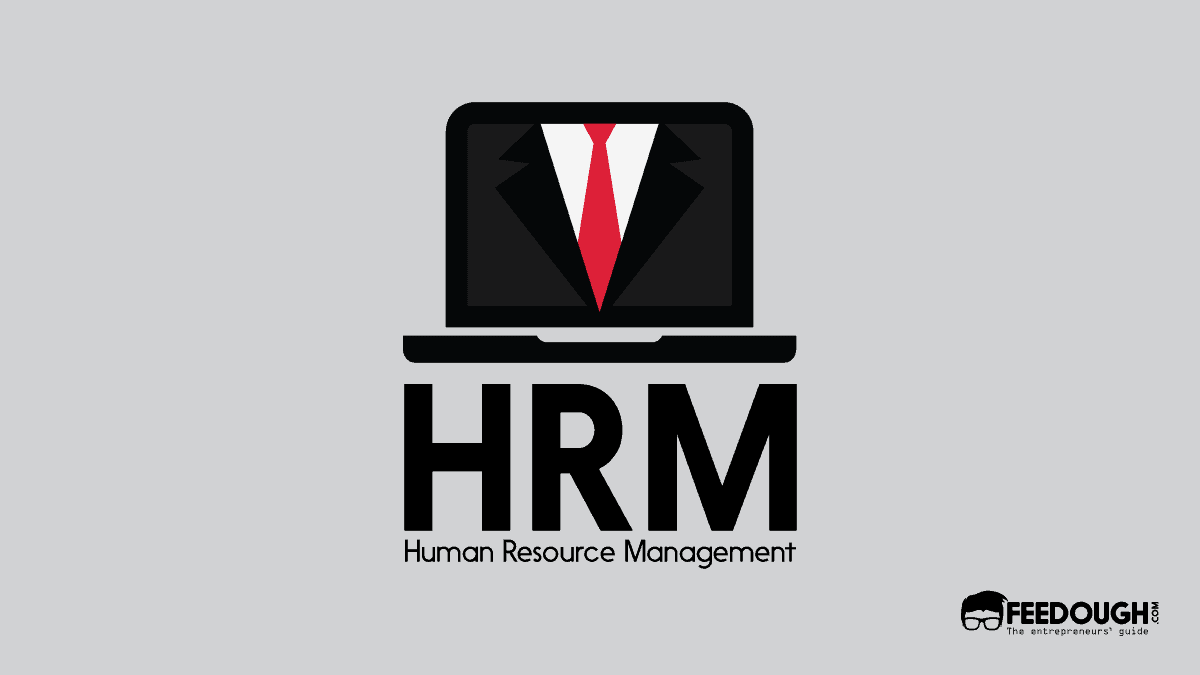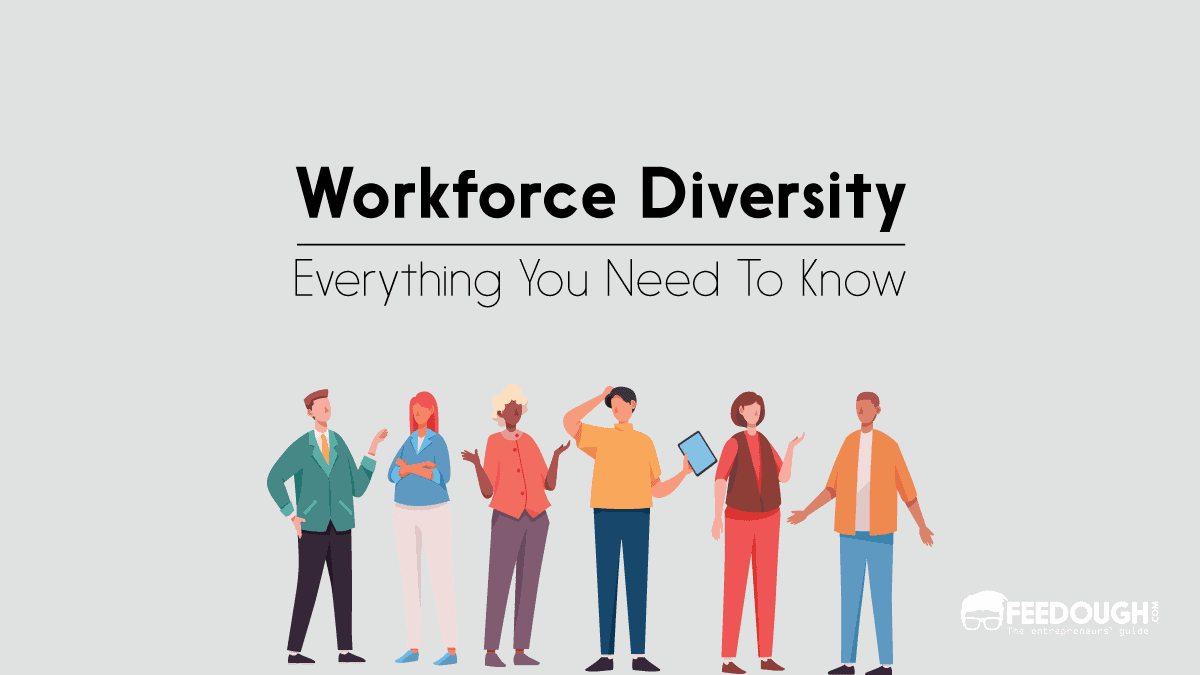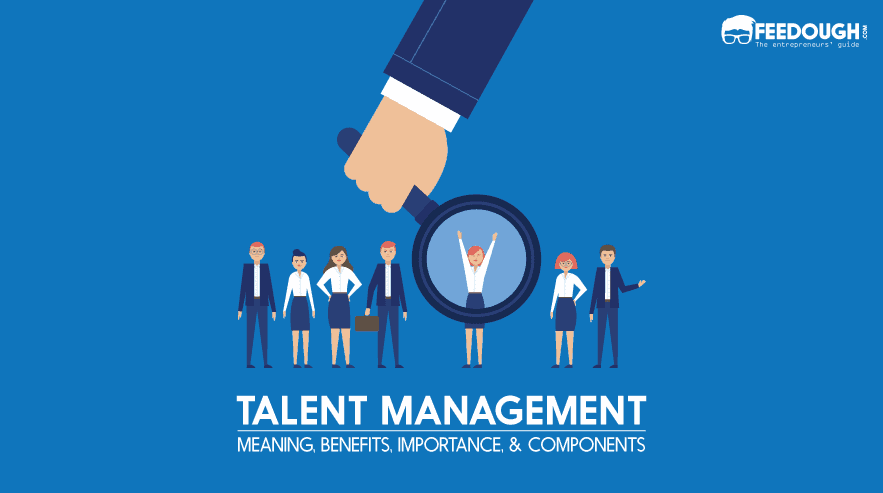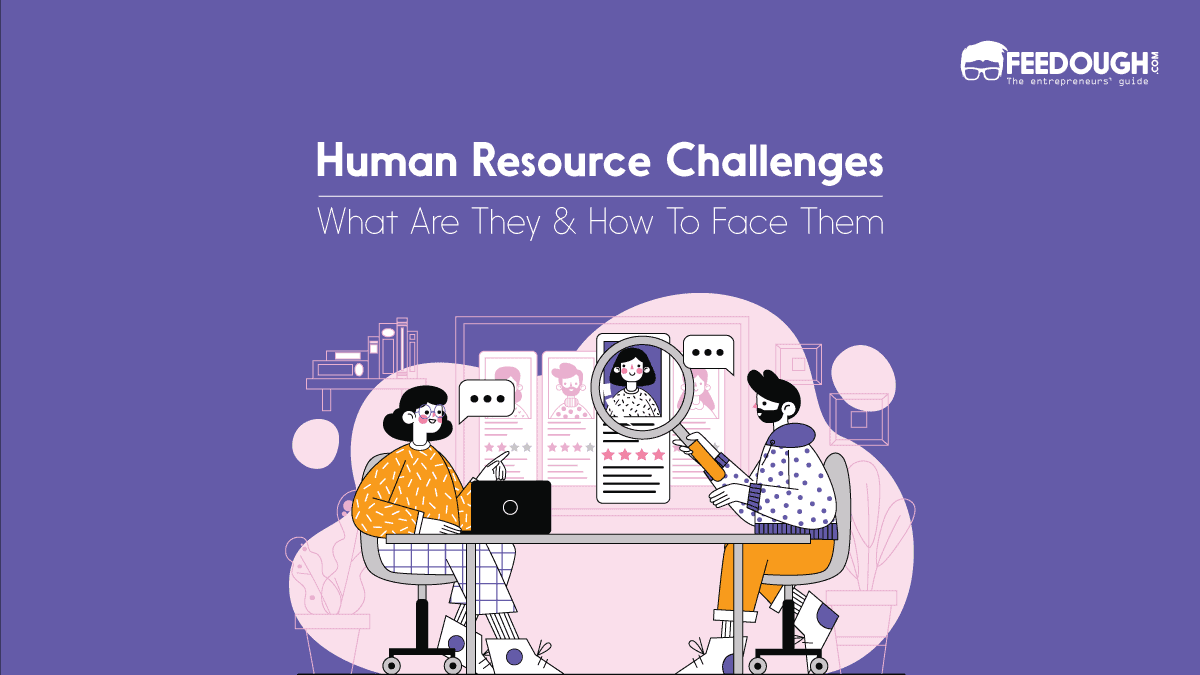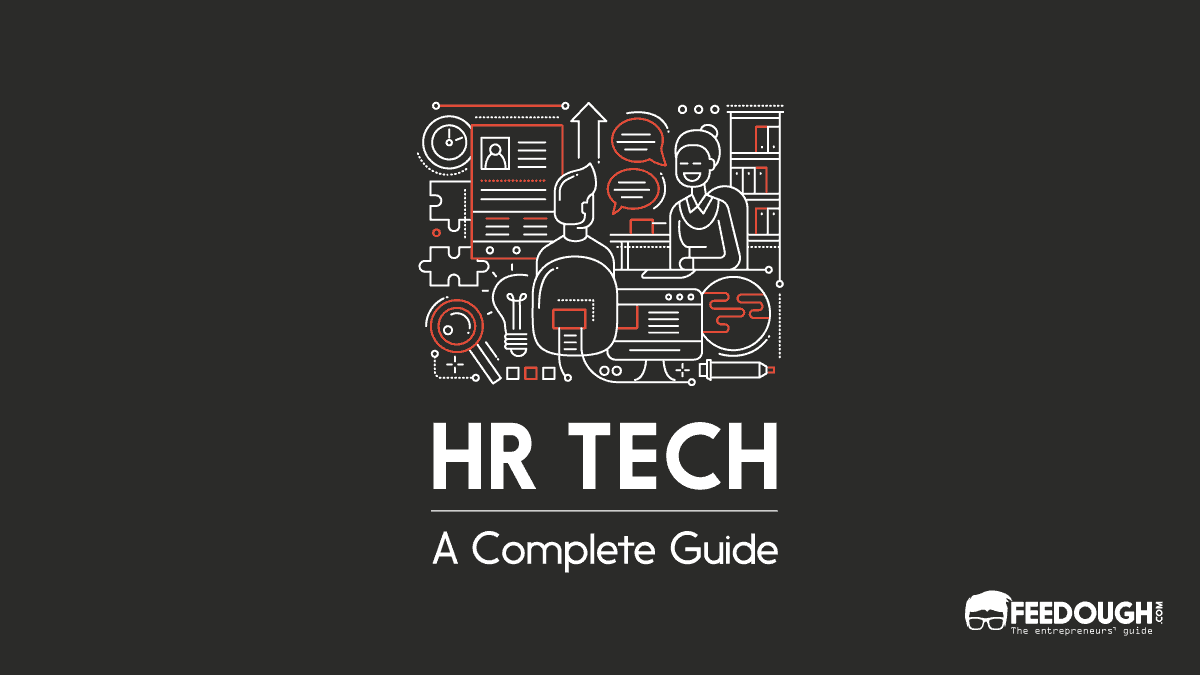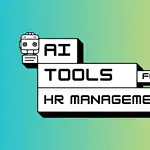Human resources management (HRM) is a field that many people have heard about, but many people don’t really understand what it entails. It is the practice of getting the right people to do the right things to accomplish a certain goal. When done correctly, HRM allows companies to grow their businesses and retain top talent. However, when done poorly, HRM can lead to decreased employee productivity and turnover.
But what is human resource management exactly, and what does it entail? Here’s a guide.
What Is Human Resource Management?
Human resource management (HRM) is the managerial function concerned with effective and efficient workforce management to accomplish an organisation’s strategic objectives or achieve competitive advantages.
It is a comprehensive and strategic approach concerned with managing an organisation’s most important asset – its people.
In simple terms, HRM is the management of an organisation’s human capital. Human capital is the aggregate of the people that work for an organisation. These employees are considered one of the firm’s most valuable resources because the workforce is what makes the organisation run.
The Importance Of Human Resource Management
According to research, 73% of employers believe that a healthy corporate culture gives the firm a competitive edge.
HRM is an essential management function for any organisation as it plays a pivotal role in ensuring that the organisation has a skilled, motivated, productive and loyal workforce.
- More productivity: With an effective HRM strategy, companies can significantly improve employee engagement and productivity and thereby help them achieve their strategic objectives. However, the lack of a clear and well-planned HRM strategy is often the cause of employee dissatisfaction and turnover.
- Better retention: Human resource management helps companies retain their current workforce by providing competitive compensation and benefits packages. A study found that employees who were satisfied with their jobs were less likely to resign. This shows the importance of HRM for businesses.
- Reduce costs and expenses: An effective HRM system ensures that employees are well trained and supported to produce the maximum output with the minimum number of resources. This reduces the cost of training and employee turnover, which results in reduced company costs.
- Improve performance: With a well-managed HRM system, an organisation is able to identify the skills and capabilities of its employees and offer training programs accordingly. This improves the overall performance of employees and helps to increase the quality of the organisation’s products and services.
- Increase profitability: A well-designed HRM strategy helps the organisation keep track of and manage its human assets, resulting in higher productivity and a better work environment. This also improves employee morale and retention, which leads to higher customer satisfaction and ultimately increases company profits.
In addition, it also improves the company’s reputation. HRM is the backbone of any organisation as it is essential for maintaining a productive workforce and a competitive business. Without a good HRM system, companies can struggle to retain their top talent and improve the workplace environment.
Nature Of Human Resource Management
HRM is a managerial function relating to recruiting, selecting, training, and developing the organisation’s people. It is concerned with managing people in organisations and aims to maximise employees’ productivity.
Its nature revolves around the following features:
- HRM involves the application of management functions and principles: Since HRM is the management of people in organisations, it uses the same management functions of planning, organising, leading, controlling and decision making.
- HRM is a pervasive function: HRM is a pervasive function as all levels of management practise it in an organisation.
- It is an inherent part of management: Human resource management isn’t limited to the personnel department. All organisation managers perform this function.
- It is people-centric: Human resource management is solely concerned with the organisation’s people and their development.
- HRM is a strategic function: It is concerned with an organisation’s future to make sure that they are ready to meet environmental challenges.
- Result-oriented: HRM is result-oriented to ensure that the employees work to their full potential and improve the organisation’s performance.
- Continuous process: HRM is a continuous process, which means that it involves constant adjustments and improvements according to the changes in the environment, employee needs, and business conditions.
The Purpose Of Human Resource Management
Human resource management is a managerial function that tries to match an organisation’s needs to its employees’ skills and abilities while ensuring that all employees are motivated, satisfied, and productive. Its purpose is to achieve the organisation’s goals through efficient and effective management of human capital by establishing the organisation’s policies and procedures and ensuring that they are adhered to.
There are three main goals of HRM:
- To Attract Talented Employees: This is the most important purpose of HRM. It involves identifying and attracting talented employees, offering attractive employment packages, and motivating them to join the organisation. This is done by the recruitment process, which includes recruiting new employees through different channels.
- To Retain Talented Employees: This is another important purpose of HRM. It involves providing incentives for employees to work hard so that they stay with the organisation and remain productive. It also helps to retain top talent by providing them with training programs and benefits.
- To Develop Employees’ Skills and Abilities: This is the third important purpose of HRM. This includes performance appraisal, promotion and recognition of employees. It involves improving the knowledge, skills, and behaviours of employees. In addition to that, it also helps improve organisational effectiveness by increasing the quality and productivity of the organisation.
- To Ensure the Proper Operation of the Firm’s Human Resource: It ensures that the company meets all its obligations as per its internal and external policies and procedures. It is concerned with the proper operation of the firm’s human resources.
The Functions Of Human Resource Management
The human resource management functions can be broadly classified into three types. These are:
- Managerial Functions,
- Operative Functions,
- Advisory Functions.
Managerial Functions
Managerial functions refer to the functions performed by the managers of an organisation to control, monitor and manage all aspects of human resource management, including planning, organising, directing, and controlling. They are also responsible for implementing the company’s policies on personnel and organisational development. Managerial Functions involve the following activities:
- Planning: It involves planning and determining the number and types of employees and workforce needed to meet the organisation’s needs.
- Organising: Allocating employees to the different job positions based on their skills and abilities. Also allocating resources to different departments of the organisation based on their needs. This includes making decisions about the location of new and existing facilities, as well as their size and the number of people needed to operate them.
- Directing: Properly giving directions to the employees and motivating them to contribute their best to the organisation.
- Coordinating: This refers to coordinating and monitoring the employees’ work performance and activities.
- Controlling: This involves checking and reviewing the work done by the employees to ensure that it is accurate, efficient and meets the company’s goals and objectives.
Operative Functions
Operative functions are those human resource management functions directly linked to the actual tasks and responsibilities of the human resource department. They involve the following activities:
- Recruitment: It involves identifying the skills and abilities needed for a particular job position and recruiting and hiring qualified and suitable candidates for the job positions.
- Selection: This refers to selecting the most appropriate candidate based on their skills and abilities for a particular job position.
- Job analysis and design: It involves determining the skills, abilities and knowledge required for a particular job by analysing the job’s functions and duties.
- Performance appraisal: It refers to evaluating employees’ performance through their formal and informal reviews with their managers.
- Salary administration: It determines the remuneration of employees based on factors such as qualifications, tenure, position, performance, etc.
- Training and development: It develops employees’ skills and abilities in different training programs to ensure they are effective and productive in their job positions.
- Compensation management: It involves planning the monetary benefits to be given to an employee for performing their job.
- Welfare programs: This involves providing necessary facilities to employees to enhance their performance at work. Examples include medical benefits, child care services, etc
Advisory Functions
The advisory functions of human resource management are those functions that provide recommendations and guidance to the organisation on all aspects of human resources. They involve advisory functions in policy formulation and analysis. It also involves suggesting corrective measures when necessary concerning any problems in training, safety, health, morale, etc.
Human Resource Management Challenges
Human resource management isn’t an easy function. It is quite challenging with a lot of responsibilities and duties. The HR challenges faced include:
- Talent acquisition: It involves recruiting, training and developing the people with needed skills to perform particular job positions. However, it can be quite challenging in today’s market, where there is high demand for skilled labour.
- Change management: Organisations must be adaptable and responsive to changes in the business environment. This requires the ability to manage change effectively, which is a challenge for many organisations.
- Employee relations: It is necessary to have good employee relations to maintain a positive work environment. However, it can be difficult to deal with various employee issues and conflicts, given the diverse nature of the workforce.
- Legal and regulatory constraints: It is necessary to abide by the government’s rules and regulations. However, it can be difficult to keep up with changing legislation.
- Talent retention: It can be difficult to retain talented employees in an organisation, especially when they are offered better job opportunities.
- Leadership development: Managers must be effective leaders who are able to motivate their team members. However, this can be challenging as not all managers are good leaders.
- International HRM: Organisations must understand human resource management practices and methods across different nations. However, it can be challenging given the diversity of cultures.
- External environmental challenges: External environmental challenges such as economic recession, changing technology, etc., can significantly impact organisations and their human resources.
Trends in Human Resources Management
With many industries undergoing significant changes in the coming years, the HR industry will have to evolve to keep up with the changing needs and expectations of their customers.
HR tech – the use of technology in human resources has been increasing in recent years, as organisations are looking for ways to automate their processes and make them more efficient. There is a growing trend towards the use of HR-tech tools such as Applicant Tracking Systems (ATS), payroll management, Human Resource Information Systems (HRIS), etc.
Consumerisation of HR – as more and more employees are becoming educated about their benefits and entitlements, they demand more from companies and expect a say in decisions that concern them. The trend for the consumerisation of human resources is on the rise where employees will have to be kept happy and satisfied with open communication and transparency.
Data-driven HR – data analytics is becoming an increasingly important tool in human resources, as organisations seek to gain insights into employee behaviour and trends. By using data analytics, HR professionals can make better decisions about hiring, training, and retention.
Outsourcing – another trend in HR is the increasing use of outsourcing, which can help to reduce costs and improve efficiency. Many organisations are now outsourcing functions such as payroll, recruitment, training etc.
Remote teams – with the use of modern technology, organisations are increasingly opting to establish virtual teams. This allows people in different locations to communicate with each other more effectively.
These are just some trends that we will see becoming increasingly popular in the HR industry in the coming years.
Go On, Tell Us What You Think!
Did we miss something? Come on! Tell us what you think of this article on human resource management in the comments section.
A startup consultant, digital marketer, traveller, and philomath. Aashish has worked with over 20 startups and successfully helped them ideate, raise money, and succeed. When not working, he can be found hiking, camping, and stargazing.
